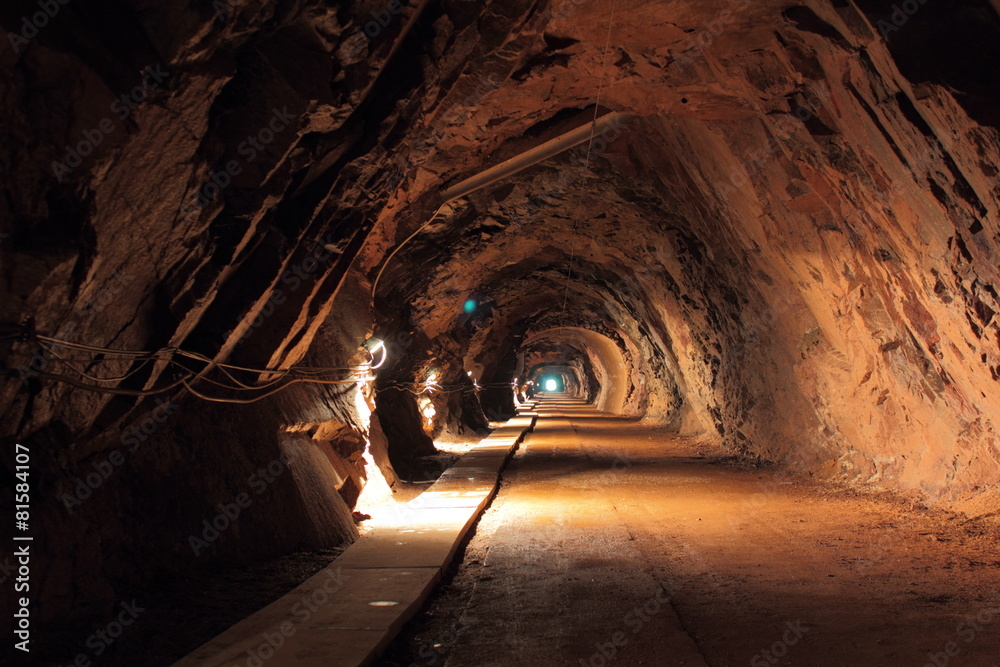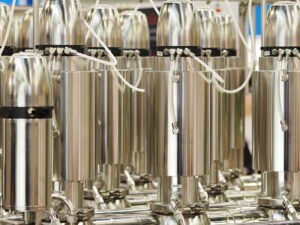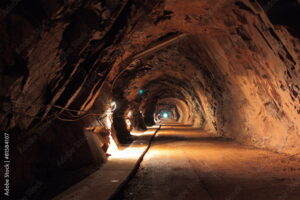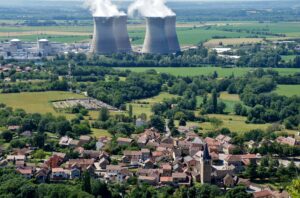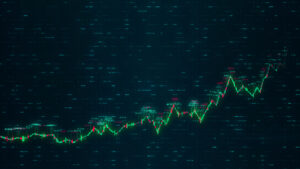In part one of this StarCore series, we discuss how nuclear fuel is produced and explain how uranium provides a stable and secure foundation for our clean energy future, making it a resilient cornerstone for long-term projects.
Diverse Global Supply
One of the great advantages of uranium is its abundance. It is more common than gold or silver. Experts estimate there are over 6 million tonnes of uranium that can be accessed today from sources spread around the world.
Australia holds the largest share of reserves at 28%. Kazakhstan follows with 13%, and Canada holds 10%. Another group of countries, including Russia, Namibia, South Africa, Brazil, and Niger, each holds between 5% and 10% of global reserves. This geographic diversity means no one region can fully block its development to fuel nuclear power.
Sourced Safely and Responsibly
Uranium is taken from the ground using safe, modern methods. The most common mining technique, accounting for nearly 60% of world production, is in-situ recovery (ISR). This method dissolves the uranium underground and pumps it to the surface, causing very little land disturbance. For deposits where ISR isn’t suitable, conventional methods like open-pit or underground mining are used to extract the ore.
Like any resource extraction, uranium mining has environmental aspects that must be managed responsibly. The main challenges involve the safe, long-term management of leftover rock and soil, known as tailings, and ensuring the protection of local water sources.
Learning from the past, today’s mines operate under strict regulations. To address the legacy of older sites and guide current practices, international bodies like the International Atomic Energy Agency (IAEA) provide expertise and support for environmental remediation, helping to ensure the process is safe and sustainable.
The next step for all mined ore is milling, where it is processed into “yellowcake”—a stable, concentrated powder that is safe to transport. The yellowcake is then sealed in certified, rugged containers for its journey. Its transport is carefully monitored under international safety regulations.
Stabilizing Shifting Markets
In recent years, geopolitical events have tested global energy markets. The war in Ukraine, a political coup in Niger, and even brief but intense civil unrest in Kazakhstan—the world’s largest producer—created market uncertainty and affected uranium prices.
These challenges have reinforced the importance of a diverse global supply and spurred strategic adaptations. For instance, the US recently moved to ban the import of Russian uranium, accelerating the development of domestic and allied fuel production.
The market has not just weathered these storms; it has adapted, ensuring a secure and steady stream of this primary resource for clean energy plants.
Swords to Plowshares: A Peaceful Fuel Source
Interestingly, a significant amount of today’s fuel was originally a source of conflict. The “Megatons to Megawatts” program, a 20-year agreement between the U.S. and Russia, turned weapons into clean energy. It safely repurposed 500 metric tons of highly enriched uranium from dismantled nuclear warheads.
This material, enough for 20,000 bombs, was converted into fuel for power plants. For two decades, this peaceful program generated up to 10% of all electricity in the United States. It stands as a powerful example of how international cooperation can build a safer and cleaner world.
Closing the Loop: Recycling Used Fuel
Technology is making our fuel supply even more secure and sustainable. These days, 96% of used (or “spent”) fuel can be recycled. Almost all of what is recovered is uranium that can be reprocessed to produce new fuel.
Only about 30% of the total amount of spent fuel from all commercial reactors has been reprocessed. Increasing recycling capacity will significantly reduce reliance on mining uranium.
This dramatically multiplies the energy we can get from the original uranium and transforms our fuel supply into a sustainable, virtually limitless source of clean power for generations to come.

